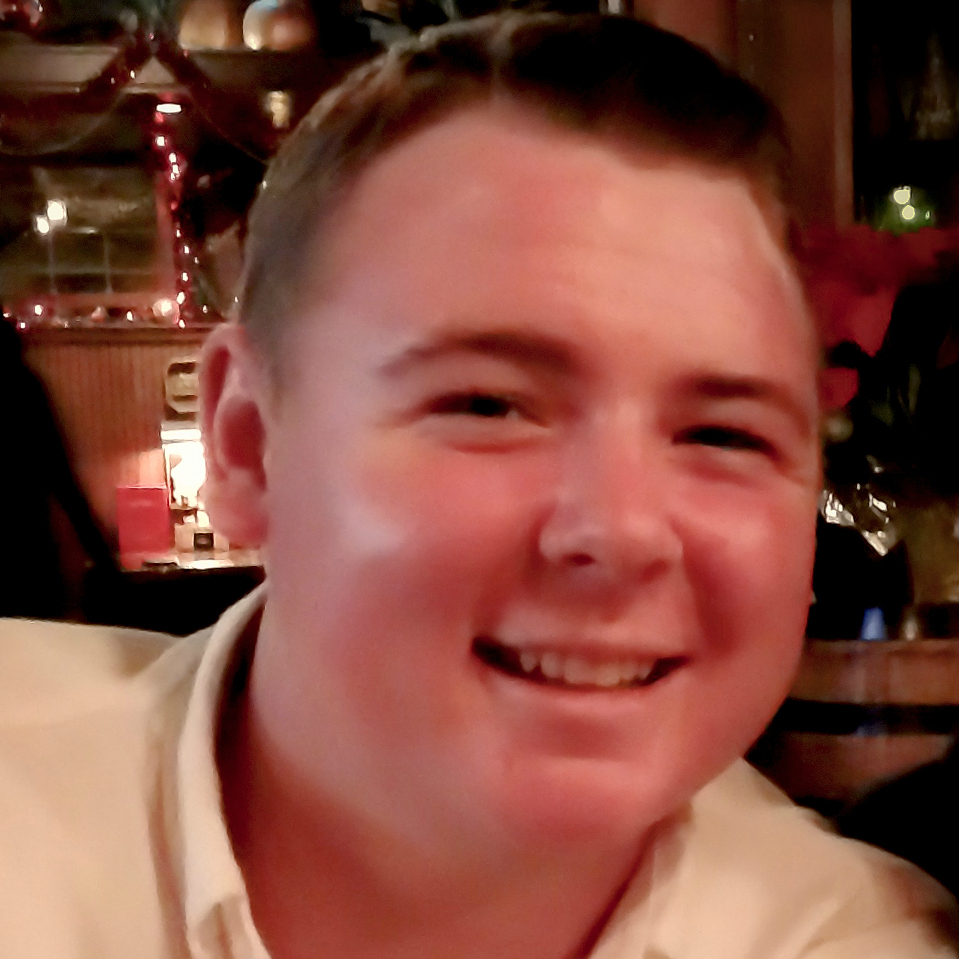My name is Tammy Capman and I would like to share a story about my son, Corey Capman. He is 17 years old and his story changed our lives in August 2014. Corey is a typical teenage boy. He has school, sports, friends, etc. He is outgoing and confident with goals for his future. Corey had never experienced a health problem and we had no idea anything was wrong until we were rushing to the hospital.
I was away on a business trip, my husband had gone to work, and Corey woke up to find that his left leg had swelled and was turning purple. He called me very upset and didn’t know what was wrong. I knew my sister-in-law was nearby and would know what to do. I gave her the information for our pediatrician and they went. The pediatrician knew right away this was serious and directed them to the ER. At this point, my husband arrived at the ER as well. After an ultrasound, it was determined that Corey had a massive blood clot that went from his knee to his hip, a deep vein thrombosis (DVT). The ER doctor decided it would be best for Corey to be taken by ambulance to a hospital in Orlando.
When Corey arrived, he was admitted to the ICU. I arrived at the hospital shortly after, it was a blur for me. We met an interventional radiologist. Her first goal was to insert a filter through the jugular vein in Corey’s neck and thread it through his heart into the inferior vena cava (IVC) — the large vein that circulates blood from the lower half of the body into the right atrium of the heart. This filter would protect Corey’s heart and lungs from any fragments that could break off from the blood clot in his leg during surgery.
During that procedure, the doctor learned that Corey’s IVC was blocked by multiple blood clots that had hardened over time and there was no way to know how long they had been there. Corey never had any symptoms to alert us of a problem. We had no idea what was happening inside him. We did learn that Corey’s body had developed a new system of collateral veins to move the blood around the IVC and that is how he was surviving.
Next, the doctor had to get the blood clot out of his leg and pelvic area, as he was in danger and could have lost his leg, or worse. She inserted a tube through a vein in the back of Corey’s knee and upward to the pelvic area. The tube delivered medication overnight to help soften and clear the clot. The following day, she took Corey into surgery again, removed the tube, and used another to break the remaining clot and gently suction it out of the vein with a technique known as mechanical thrombolysis.
After three days of surgeries that seemed to take forever and a week in the hospital, we were very thankful to have Corey resting safe and sound, but we still had a hurdle to deal with, the clotted IVC. After consulting with colleagues, our doctor advised a plan that was in line with the very latest medical thought and current practice. She suggested a conservative treatment for Corey’s blocked IVC. Rather than performing additional surgery, they put him on an anticoagulant called warfarin to reduce the risk of more clots forming, which he will be on indefinitely.
Today, Corey is doing great. He has had every test possible to find a reason for the clots and we have come up with nothing. He doesn’t have any of the blood disorders associated with clots, nothing genetic, and no underlying risk factors. There is absolutely no reason that we can find for his body to have formed the clots in his IVC. So, those clots will remain and we are thankful every day that we were able to get immediate care for Corey and that he is able to live a normal life. He can no longer play lacrosse, which has been upsetting to him as a teenager; but, other than that, he still has the same positive outlook on life with the same goals in place for his future.
As a Mom of a DVT patient, my advice for others is to be aware of the symptoms and act on them fast! Additionally, once everything is calm and you are home from the hospital, be supportive, positive, and always stay on top of medication, testing, and follow up appointments. Blood clots can return so you can never let your guard down.




